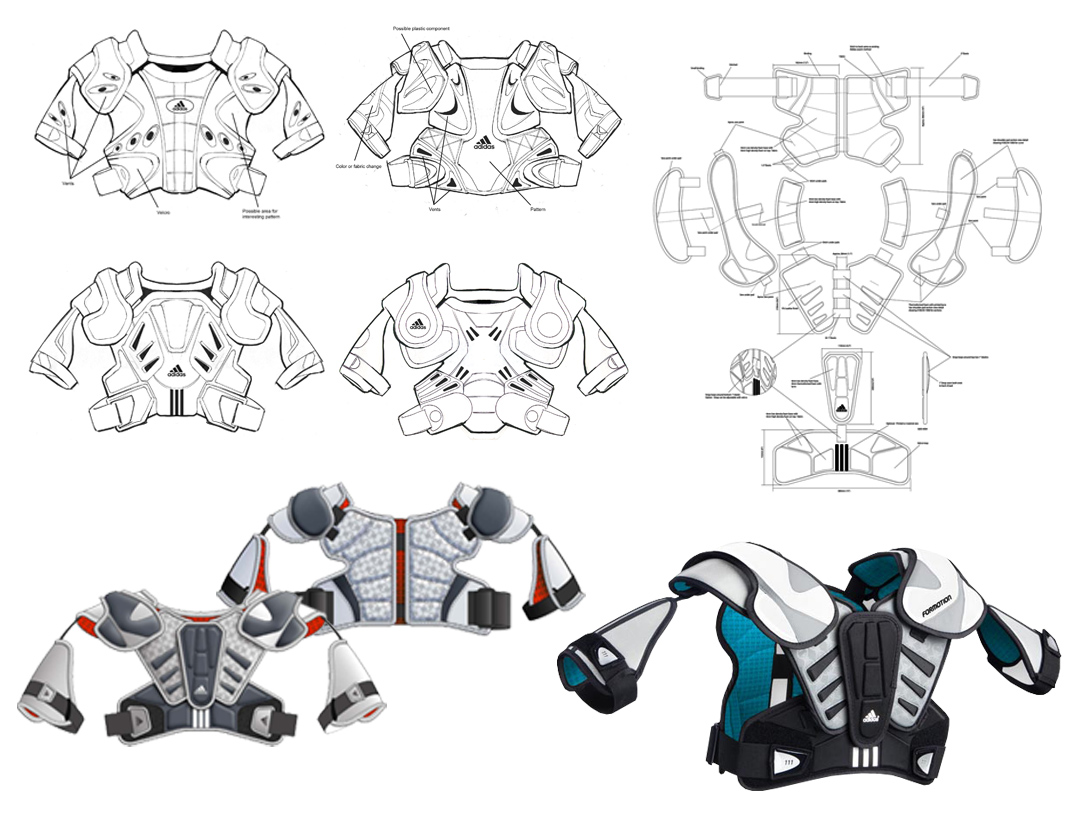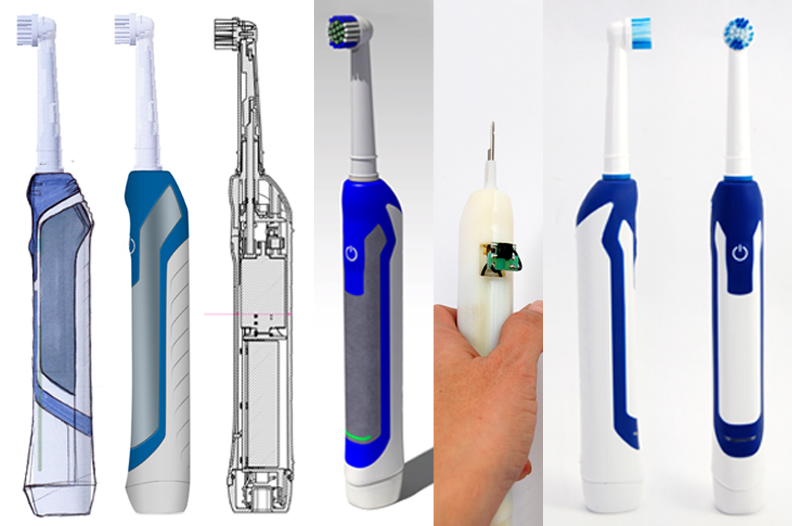
New Invention Guidelines
Creating new inventions is always exciting for new and seasoned entrepreneurs. The prospect of making money from something you have developed tantalizes thousands of business men and women around the world. A large issue with these ventures is what steps to take? There is no concrete list of universal instructions that can follow to ensure your new idea will make you money.
You can have a great idea but fail easily to market it properly or you are not getting the right exposure. Maybe you don’t have enough time or capital to show it to the right people. Every invention is different and has many variable, chief among them is size and materials.
We have tried to put together the New Inventions Guidelines to help you meet customer expectations, minimize risk and maximize profits. During the product development process, these guidelines can help an inventor ensure that he or she has not missed any crucial steps.
An important thing to note is that we will try to educate inventors on other alternatives and options. Critical to your first steps are whether to manufacture yourself and take it to the market or licensing and even selling the idea to a large corporation. The latter not being as easy as people think, they are often left with doing it themselves and this is where it gets tricky.

Invention guidelines for start-ups and entrepreneurs
This short list (not in order of importance) will highlight some of the key points which we will dive deeper in a future blog.
Patenting: A great first step is seeing what exists out in the world that might be close to your idea, and patents can help greatly in this regard. The internet and the USPTO are your best source for this type of information.
The Idea Phase: if it’s already out there you might as well keep your idea where it is: in your head. If there is something similar but with a modification, you might need to talk to a lawyer to see if there is a possibility to work around it.
Concepts: If you are clear to go ahead, then an industrial designer can help create sketches and concepts for you. Once sketches and drawings are defined, a mechanical engineer can help take your idea even further mechanically if needed.
Engineering: Either an Industrial designer or a mechanical engineer will create a CAD model of your invention. With this CAD model, we can generate many drawing options including patent Figures for a utility patent, renderings for marketing purposes and or also 3D print ready files or files ready for manufacturing or quotes for part.
Prototype: A prototype is needed for many reasons, most importantly is to validate the function of your invention. Prototypes are also used for marketing purposes, to take photographs of your ideas and to pitch and present your ideas to possible retailers or investors.
Marketing: As you develop your product make sure marketing materials are being developed as well. Renderings of your product or small animation showing your product is a fantastic way to showcase your idea. Start thinking about branding, a logo, business cards, or a simple yet complete website.
Sales: Where will you be selling your idea? Will you be pitching it to investors? Will you be selling the idea to a corporation? Will you be manufacturing and re-selling? Will you be creating a company out of this new idea? Will you be selling from third party companies or selling only from an online store? Will you be selling retail? Big box or smaller local stores?

Whichever venue you choose to sell each one requires different steps to make it. Depending on your idea you may not need certain steps. The few steps you cannot skip are endurance, patience, and determination. If you need help with any of them, except the 3 you can skip, we can definitely help! Give us a call!
Recent Comments